(I) Arrange the compounds (a0 in the order of decreasing boilling points and (b) in the order of decreasing solubility in water
(A) (1) Ethanol (2) Propane, (3) Pentanol
(a) The decreasing order of boiling points is Pentanol gt Ethanol gt Propane (3>1>2) Pentanol and ethanol have I have H-bonding, but molecular mass of pentanol is more than ethanol, so it has high boiling point Propane has the least boiling point due to non-polar character and weak van der Waals forces of attrction
(b) The decreasing order of solubility in H2O is Ethanol gt Petanol gt Propane (1>3>2) Both ethanol and pentanol have H-bonding but non polar part in pentanol is larger than non polar part in ethanol So ethanol is more soluble in H2O than pentanol Propane is least soluble because of the non-polar character
(B) The decreasing order of boiling point is 1,2,3-Pentanetriol gtButy1 alcoholgt Butane (2>3>1) Due to three (HO) groups in compound (2) it has more H-bonding than in alcolhol (3)
(b)Decreasing solubility in H2O:(2)>(3)>(1) There is more H-bonding in compound (2) han in (3) hence it has more solubility in H2O
(C) The decreasing order of boiling point is Hexanol gt Pentanol gtPentane (3>2>1) Both alcohols have same H-bonding, but molecular mass of (3)>(2) Hence the boiling point order is as given above
(b) The decreasing order of solubility in H2O PentanolgtHexanolgtPentane [Same explanation as in I (A) (b) above]
(II) The decreasing order of boiling point is
HOCH2−CH2OH>C2H5OH>(CH3)2O>C2H8(4>2>3>1) (Same explanation as I (B) (a) above)
(II) The decreasing order of boiling point is n -pentanol gt2,2 Dimethy1 propanol Alcohols n-pentanol is a straight-chain compound and has a larger surface area, so the highest boiling point Alcohol (3) is more sterically hindered than alcohol (1) hence it requires more energy to boil off Therefore boiling point of alcohol (3)gt alcohol (1) The decreasing order of boiling points is All alcohols have H-bonding but alcohol (1) has more surface area Alcohol (2) has less surface area due to branching and alcohol (3) has more breanching and less surface area than in alcohol (2) Hence the boiling point order is as given above Decreasing solubility order in H2O t-Buty1 alcocholgtsec-Buty1 alcoholgtn-Buty1 alcohol (3>2>1) Lesser the surface area, greater is the solubility in H2O Hence the solubility order is as given above
(IV) CH3COOH undergoes intermolecular H-bonding while CH3COCI does not The boiling point of CH3COOH in higher than that of CH3COCI The molecular mass of (CH3CO)2O is much higher than that of CH3COOH As a result (CH3CO)2O has a higher boiling point than that of CH3COOH due to stroger van der Waals forces of attraction Like CH3COOH,CH3CONH2 also forms intermolecular H-bonds whereas in CH3COOH only cyclic dimers are formed In CH3CONH2 intermolecular H-bonds lead to the association of a number of molecules. As a result, the boiling point of CH3CONH2 is much higher than that of CH3COOH Further, this higher degree of association of CH3CONH2 molecules compensates for the effect of increased molecular size of (CH3CO)2O Consequently, boiling point of CH3CONH2 is even higher than that of (CH3CO)2O . In ther words, the boiling points follows the sequence
CH3COCI<CH3COOH<(CH3CO)2O<CH3CONH2
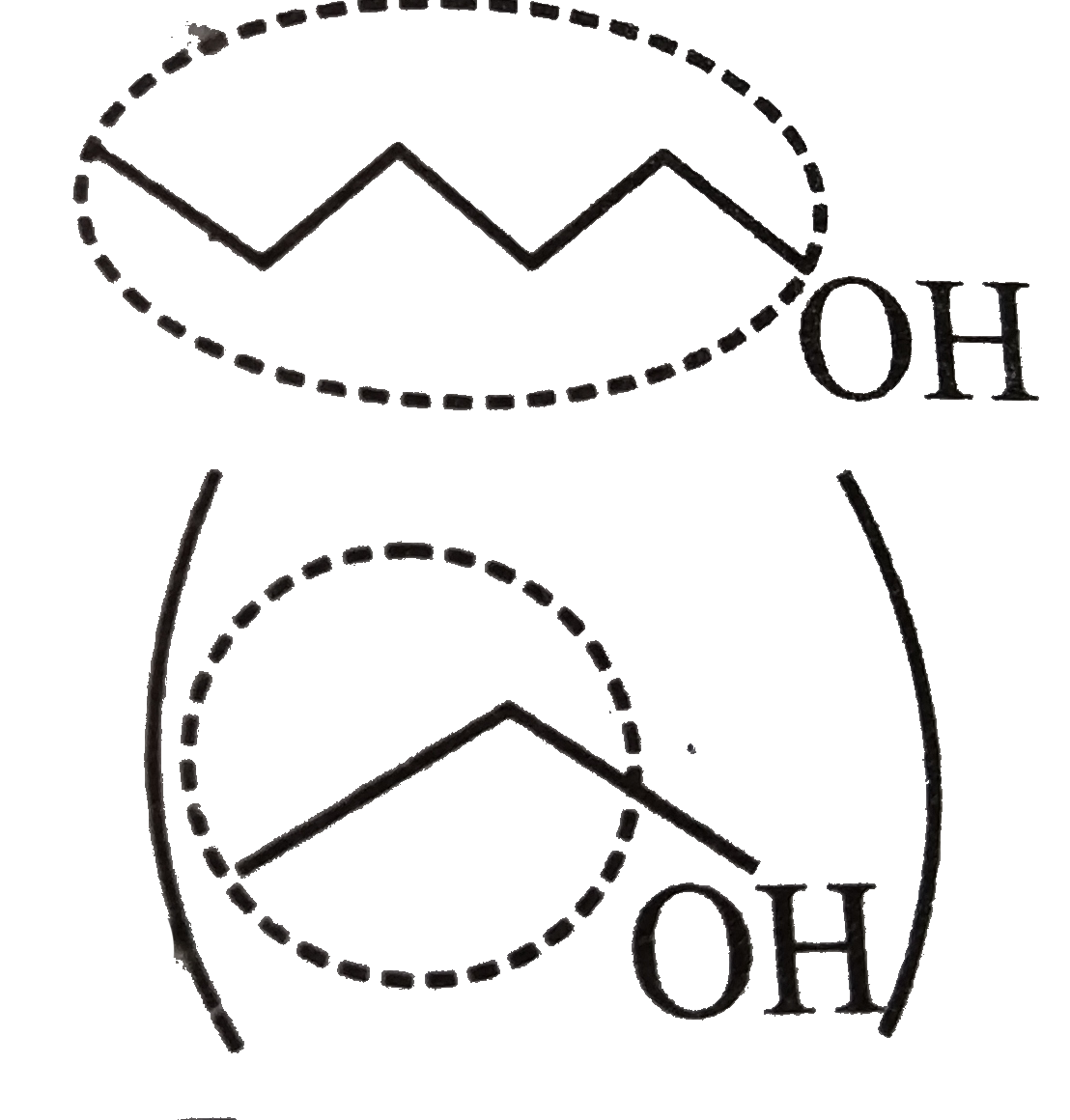

 .
.
Topper's Solved these Questions
- CHEMICAL BONDING AND MOLECULAR STRUCTUREBOOK - CENGAGE CHEMISTRY ENGLISHCHAPTER - CHEMICAL BONDING AND MOLECULAR STRUCTUREEXERCISE - Solved Examples
36 Videos
- CHEMICAL BONDING AND MOLECULAR STRUCTUREBOOK - CENGAGE CHEMISTRY ENGLISHCHAPTER - CHEMICAL BONDING AND MOLECULAR STRUCTUREEXERCISE - Ex 2 .2 Subjective (Intermolecular Forces And H-Bonding)
7 Videos
- ATOMIC STRUCTUREBOOK - CENGAGE CHEMISTRY ENGLISHCHAPTER - ATOMIC STRUCTUREEXERCISE - Concept Applicationexercise(4.3)
19 Videos
- CHEMICAL EQUILIBRIUMBOOK - CENGAGE CHEMISTRY ENGLISHCHAPTER - CHEMICAL EQUILIBRIUMEXERCISE - Subjective type
1 Videos
Similar Questions
I. Arrange the compounds of (a) in the order of decreasing boiling points and (b) in the order of decreasing solubility in water.
(A) (1) Ethanol, (2) Propane, (3) Pentanol
(B) (1) Butane, (2) 1,2,3-Pentane triol, (3) Butyl alcohol
(C) (1) Pentane, (2) Pentanol, (3) Hexanol
II. Arrange the following in the decreasing order of their boiling points.
(A) (1) C3H8, (2) C2H5OH, (3) (CH3)2O, (4) HOH2C−−−−CH2OH
(B) (1) 3-pentanol, (2) n-Pentane, (3) 2,2-Dimethyl propanol, (4) n-Pentanol
III. Arrange the following alcohols (a) in the decreasing order of their boilling points and (b) in the decreasing order of their solubility in water.
(1) n-Butyl alcohol
(2) sec-Butyl alcohol and
(3) tert-Butyl alcohol
IV. Arrange the following compounds in the order of their increasing boiling points.
(1) CH3COC1 , (2) (CH3CO)2O , (3) CH3CONH2 , (4) CH3COOH
View SolutionArrange the following compounds in order of decreasing acidity:
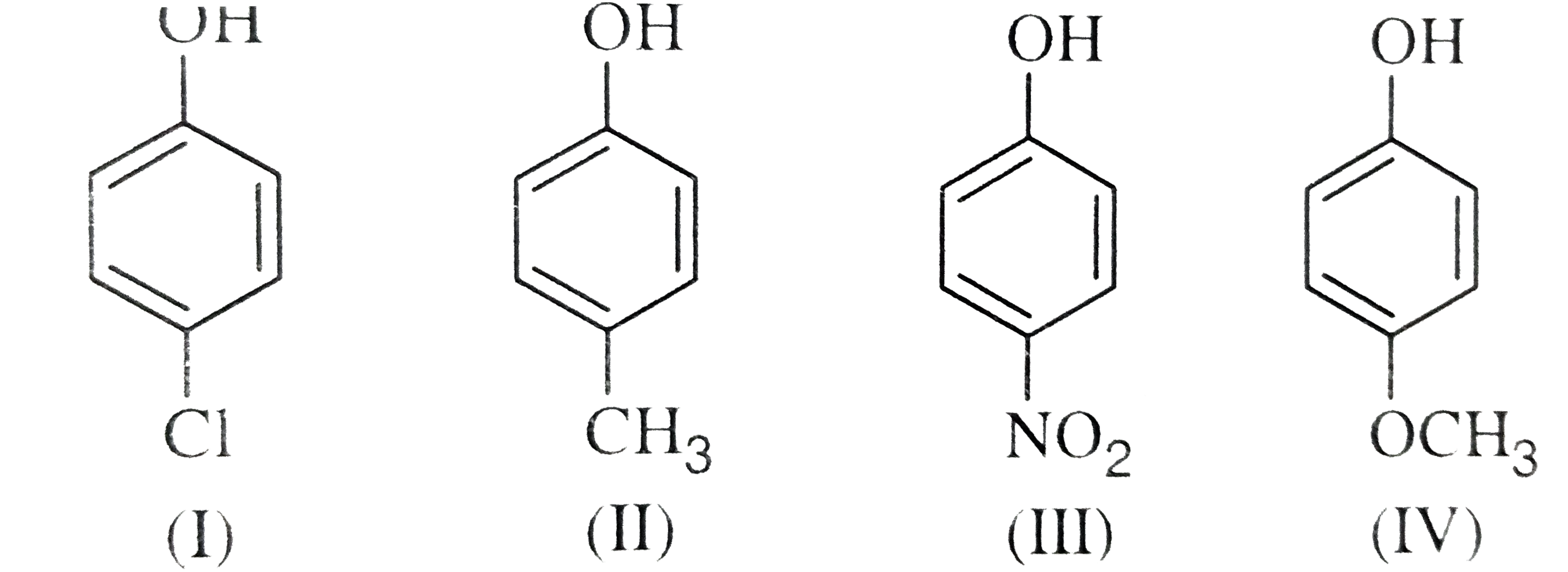
View SolutionArrange the following in the decreasing order of their boiling points:
I.
View SolutionRank the following compounds in decreasing order of boiling points :

View SolutionArrange pH of the given compounds in decreasing order :
View SolutionArrange the following conformations of ethane in the order of decreasing stability
View SolutionArrange the following in order of their decreasing basic strength
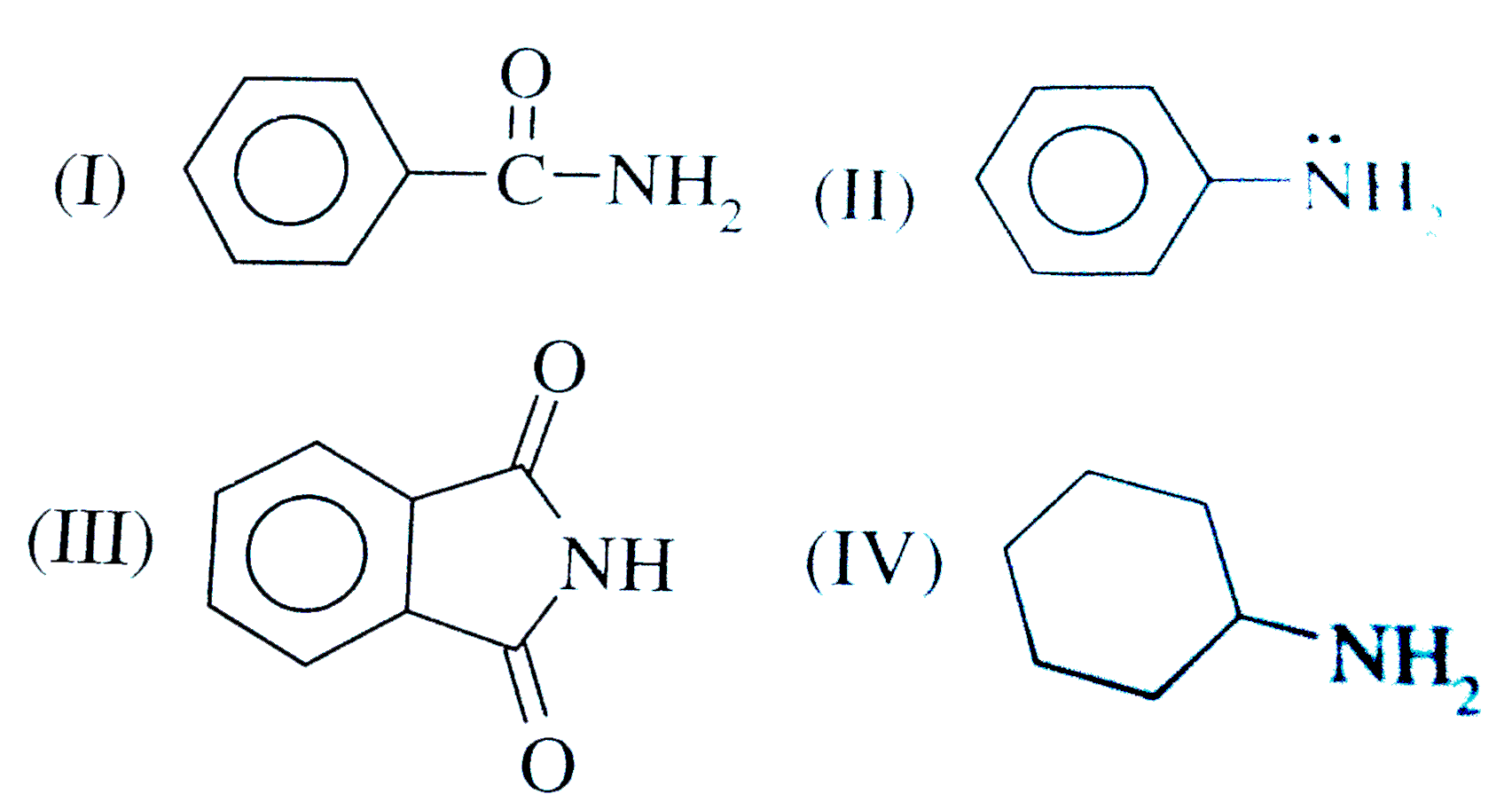
View SolutionArrange basicity of given compounds in decreasing order

View SolutionArrange the following in order of their decreasing acidic strength ?
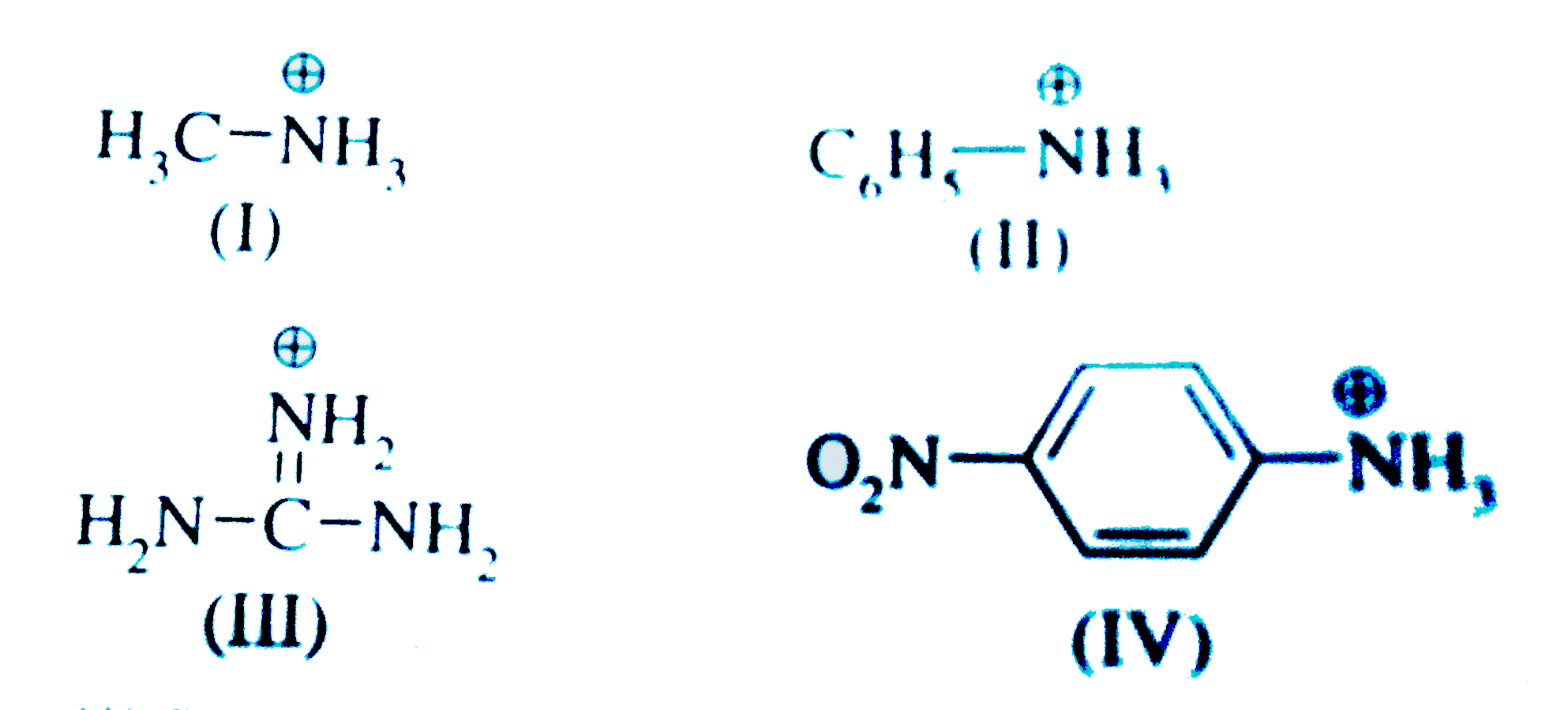
View SolutionA arrange the following resonating structures in the order of decreasing stability
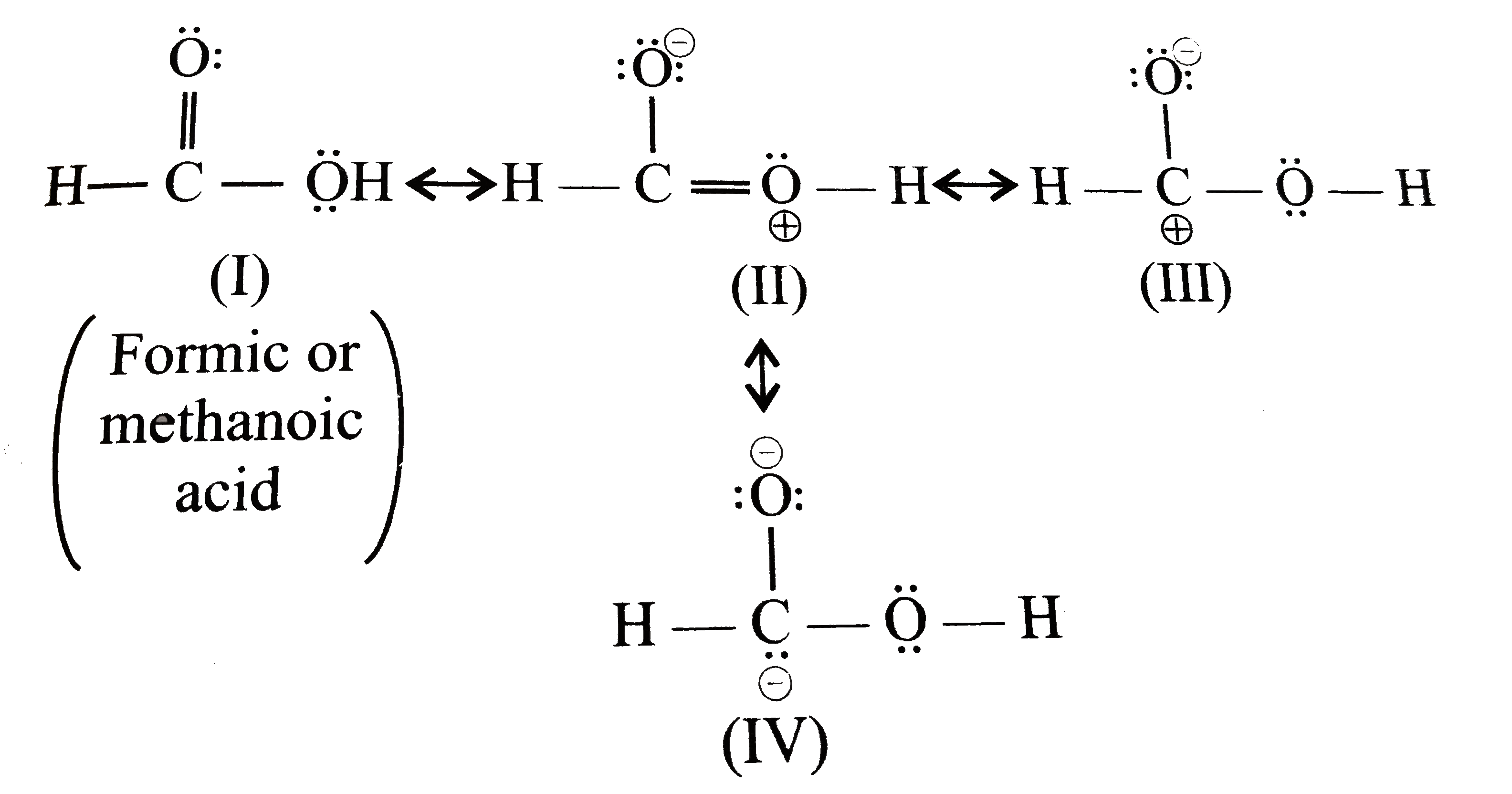 .
.
View Solution
